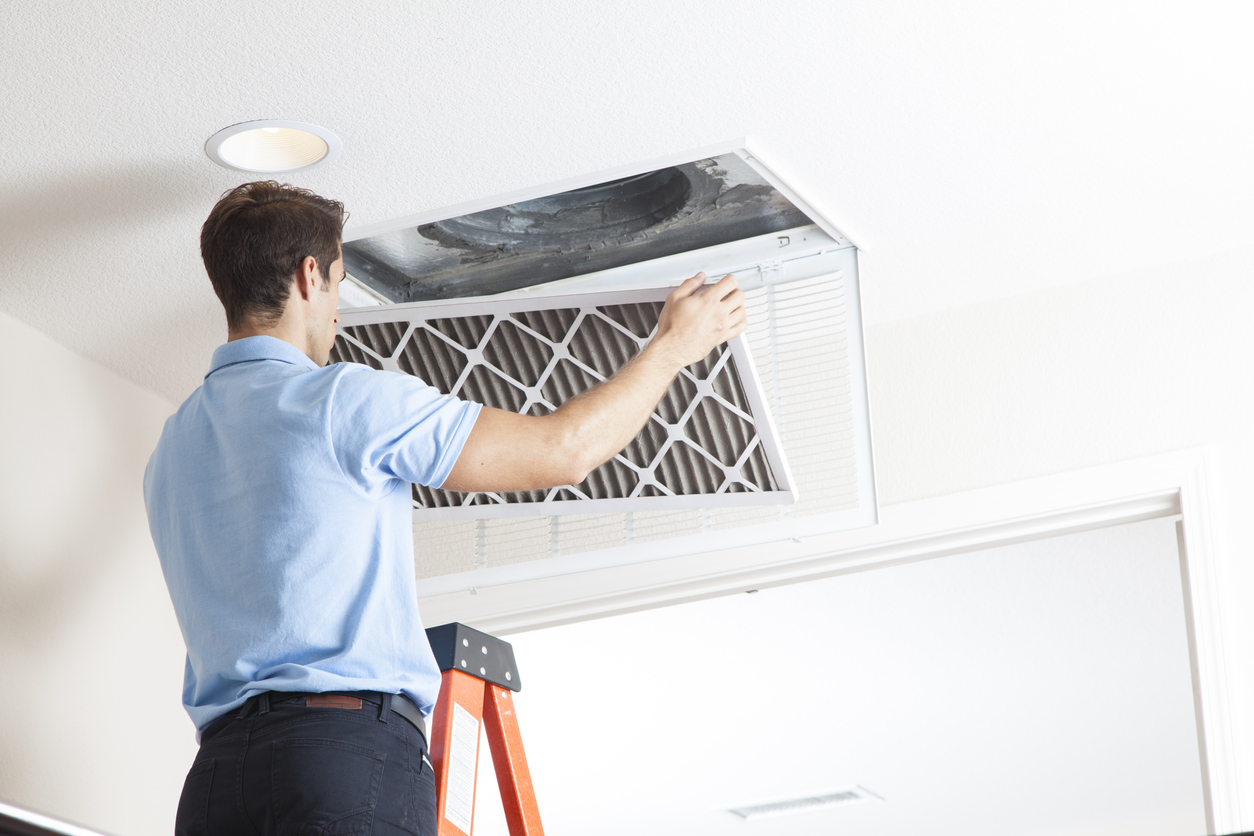
Moving homes to tighter building envelopes has led to a need to augment air filtration to ensure the quality of your indoor air remains high. Here are a few options for you to consider.
High-MERV or HEPA filters
These stand-alone filters are the least expensive solution. In order to be effective, you must check that the clean air delivery rate (CADR) is several hundred cubic feet per minute. Be sure to check the noise rating too. Anything above 50 dB(A)s could be an issue. You can make your own filter using a box fan and a MERV-13 filter. Get full instructions here.
High-MERV Filters in the HVAC system
You can’t just replace your current MERV-2 filter with a high-MERV filter if your HVAC system is not able to handle it. If your system is not suited to a high-MERV filter, you could put a strain on the system and more carbon monoxide in your home. Check with your HVAC professional to ensure your system can handle a filter upgrade.
Further Reading
The EPA has compiled guidelines on portable air cleaners and on HVAC and furnace filters commonly used in homes. From the EPA website:
Guide to Air Cleaners in the Home, 2nd edition (printable) (PDF)
The short consumer guide covers portable air cleaners and furnace or HVAC filters used in a home. It includes tips for selecting a portable air cleaner, furnace filter, or HVAC filter.
Residential Air Cleaners: A Technical Summary, 3rd edition (printable) (PDF)
The longer technical summary provides general information about the types of pollutants affected by air cleaners; the types of air-cleaning devices and technologies available; metrics that can be used to compare air-cleaning devices; the effectiveness of air-cleaning devices in removing indoor air pollutants; and information from intervention studies on the effects that air cleaners can have on health and on health markers.
Used with permission from the American Society of Heating, Refrigerating and Air-Conditioning Engineers (ASHRAE) Journal. This article may not be copied nor distributed in either paper or digital form without ASHRAE’s permission. For more information about ASHRAE, visit www.ashrae.org.
